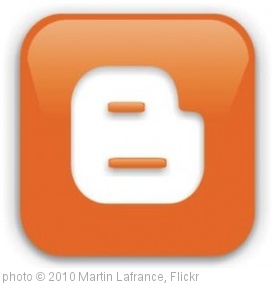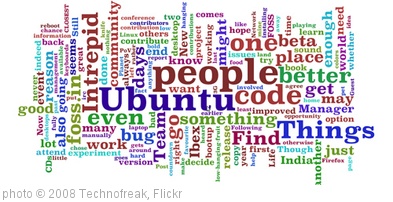TC NAME: Bree Land
RICA Domain: Domain 1: Planning, Organizing, and Managing Reading Instruction Based on Ongoing AssessmetRICA Competency: Managing Reading Instruction
Grade Level: First Grade
Any Additional Descriptors: Main Stream Classroom
Instruction:
 I observe planning, organizing and managing reading in room 406 on a daily basis. Students read appropriate reading materials once finished with work, and also bring a book of their choice home each night. They use the star system, 1 silver star being a begining level reading, 2 silver stars more advance and red stars advanced. They have a classroom library with each book organized by levels. They are challenged to pick outside of their comfort zone, yet still within their grasp. The self paced students are proviede with books they can read and grow from. The frustration level is elimated with a daily check up, in a reading log.
I observe planning, organizing and managing reading in room 406 on a daily basis. Students read appropriate reading materials once finished with work, and also bring a book of their choice home each night. They use the star system, 1 silver star being a begining level reading, 2 silver stars more advance and red stars advanced. They have a classroom library with each book organized by levels. They are challenged to pick outside of their comfort zone, yet still within their grasp. The self paced students are proviede with books they can read and grow from. The frustration level is elimated with a daily check up, in a reading log. After lunch there is a read aloud where the students listen and participate. They then can chose to read a book in front of the class, about two a day. The read aloud by Miss. B is always engertic and enthuastic, promoting students want to read. They are also intrduced to Acelerateor Reading (AR) testing, which they can choose what book to take a test on and the teacher gets an update of how each student is doing.
Instructional Setting:
 Promoting independent reading, each night the students take home a book of their choice. They know how to chose what is good for their comfort and challenge level. Everyone has a role when teaching a child how to read. Parent and guardians are infromed with the reading system in the calss. Each night when the child brings home a book they are to read it aloud to a gaurdian. The garduian then writes the title of the book, they sign it, and write if it was just right or too hard for the student. This is all recoded in a reading long and put in the book bag for the student to bring back each morning. We then check each students book back, seeing if they read at home and if the book was right or too hard. They then go and pick a new book from the classroom library, according on how they did the night before. We also ask casual questions about the book. Room 406 has a positive attitude about reading and promotes independent growth.
Promoting independent reading, each night the students take home a book of their choice. They know how to chose what is good for their comfort and challenge level. Everyone has a role when teaching a child how to read. Parent and guardians are infromed with the reading system in the calss. Each night when the child brings home a book they are to read it aloud to a gaurdian. The garduian then writes the title of the book, they sign it, and write if it was just right or too hard for the student. This is all recoded in a reading long and put in the book bag for the student to bring back each morning. We then check each students book back, seeing if they read at home and if the book was right or too hard. They then go and pick a new book from the classroom library, according on how they did the night before. We also ask casual questions about the book. Room 406 has a positive attitude about reading and promotes independent growth. 









